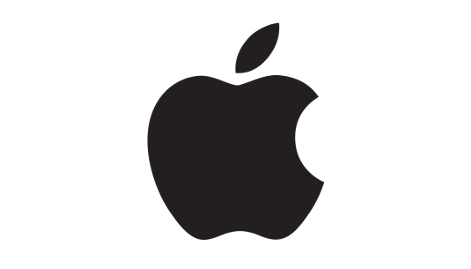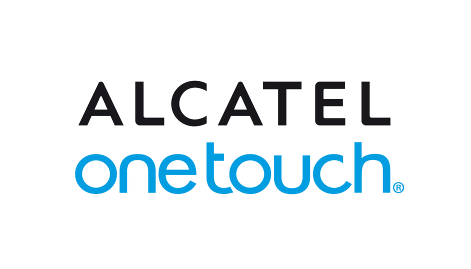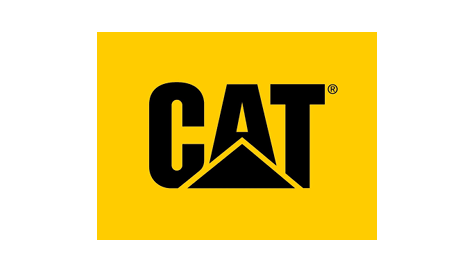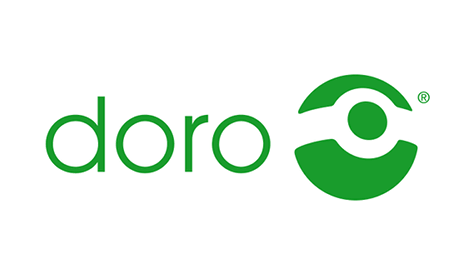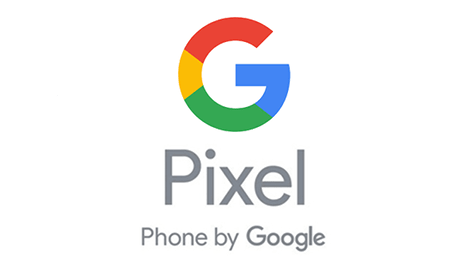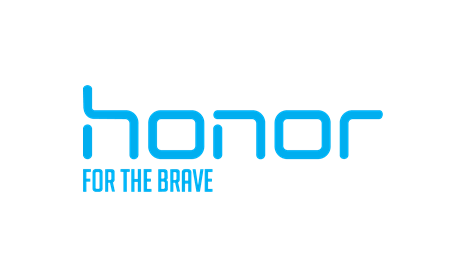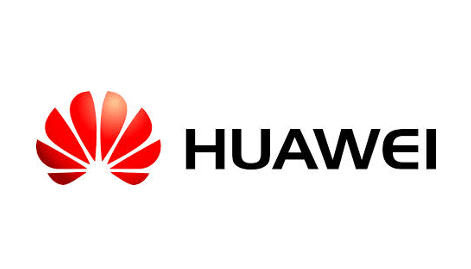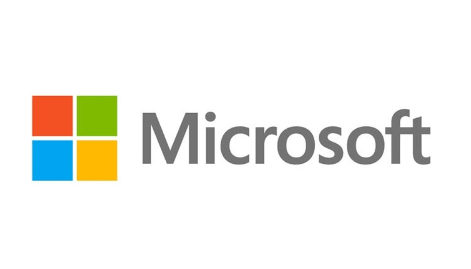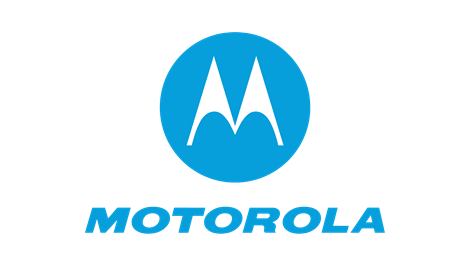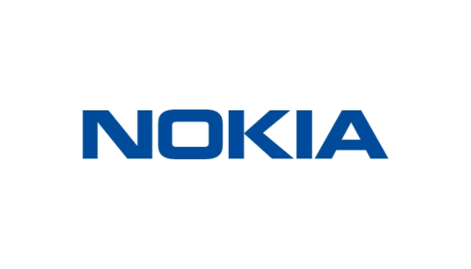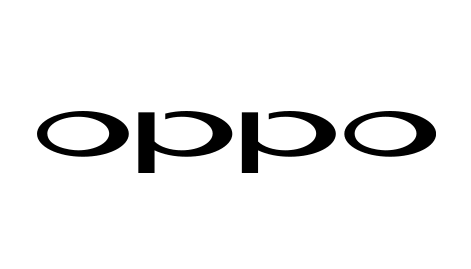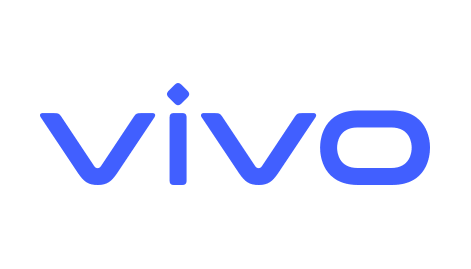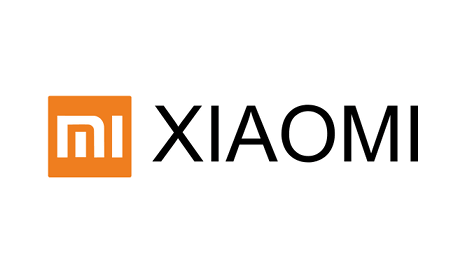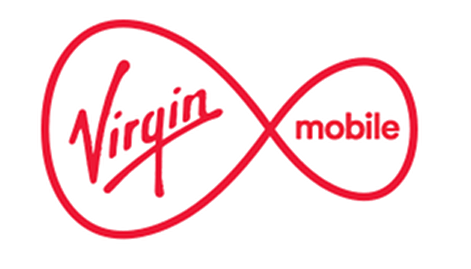EE vs Three: which is best for 4G/5G coverage & speeds?

The retailers featured on this page may compensate us when our readers follow links to their websites and make a purchase. More
We compare EE and Three's networks head-to-head to see which offers the better speeds, UK coverage, inclusive roaming and deals. Last updated: 25th June 2025
Compared in our EE vs Three guide
Special offer news
Do Three or EE provide better coverage?
Which provider has the better coverage for calls and data?
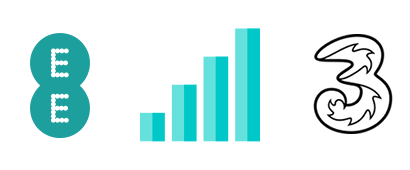
✔ EE have a better overall mix of coverage
At the moment, EE have the largest 4G data network of any provider. But with Three and Vodafone combining networks, that dominance could be about to end. For now though, EE’s 4G is more comprehensive.
Also basic call and texts signal is better on EE, because they still have 2G live (though 3G is gone). Three only ever had 3G for calls and that’s been switched off. Your phone will need 4G calling to make calls.
EE also have almost twice as many 5G locations as Three with 1000+ UK towns and cities with 5G vs 588+ locations on Three. And EE are a bit better at covering larger parts of their locations (not just a few streets).
Even before their merger with Vodafone, Three had been putting lots of money into expanding their network. So if you’ve written them off before, it’s definitely worth re-checking coverage with the maps below.
Useful link: Our full Three network review
EE and Three's coverage maps
Check coverage in the areas you most often use your phone
Our verdict on coverage:
A win for EE"EE are the clear winners here with a more widespread network for data and calls. Three have made big improvements, particularly to their 4G, but it’s not quite enough to catch up. Combining Three and Vodafone’s networks is about to improve this though."
Do EE or Three have faster 5G/4G speeds?
Both claim to have excellent speeds, so who is faster?
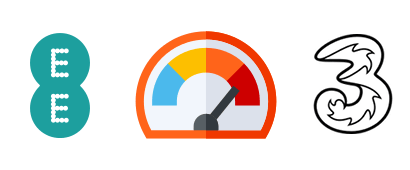
✔ EE have faster 4G, Three have faster 5G
We tested each network to see what typical 4G speeds you can expect on either. We got speeds as high as 130+ Mbps on EE and 70 Mbps on Three in the city, while speeds went as low as 5 Mbps on EE and 7 Mbps on Three.
More often than not we sat around 30 - 40 Mbps on EE and around 30+ Mbps on Three. That lines up quite nicely with Opensignal’s speed results of 45.9 Mbps on EE and 38 Mbps on Three.
We use Opensignal and Speedtest’s reports to compare typical 5G speeds. They showed typical speeds of 208.9 Mbps and 276.17 Mbps on Three and 96.8 Mbps and 119.21 Mbps on EE.
What’s even more impressive from Three is their peak speeds of 680 Mbps compared to EE’s 324.42 Mbps. EE’s faster 4G gives them the overall win for us, but Three’s merge with Vodafone will help them catch up.
Useful link: Read more about 5G's benefits
Our verdict on 4G/5G speeds:
Minor win for EE"While Three outpace EE when it comes to 5G, we still think EE’s advantages in 4G speeds are still more important. Most people will use 4G more often than 5G, so EE’s faster and more consistent 4G will be more important most of the time. EE just take this one."
Do EE or Three have better extra network features?
What other network features do either network offer?
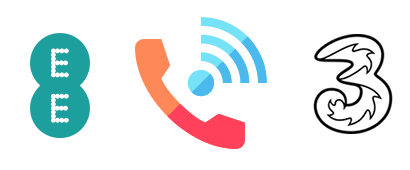
✔ WiFi calling is similar but Three have more features
With traditional call signal being removed entirely from Three and slowly phased out on EE, it’s more important than ever for both to offer WiFi calling and 4G calling. Thankfully, EE and Three have both features.
You can send SMS texts over WiFi/4G on both and transfer calls from WiFi to 4G signal without them dropping. EE have a huge list of supported devices, while we got WiFi calling to work on phones not on their list.
They’re pretty inseparable for WiFi calling. But Three have a unique benefit over EE with lots of free WiFi hotspots on the London Underground. This can keep you connected where you’d otherwise get no signal.
Other than that, both Three and EE offer call forwarding and eSIMs. But Three strangely don’t offer visual voicemail while EE do. This lets you sort through voicemails one at a time, giving EE a unique edge.
Useful link: See EE’s guide to their WiFi calling
Our verdict on network features:
EE just win"EE and Three are very similar when it comes to their WiFi calling schemes. In terms of the other features, we’d say EE’s visual voicemail is more useful than Three’s WiFi hotspots. Everyone can use it, not just London dwellers and WiFi hotspots are largely obsolete now due to better 4G."
Comparing roaming on EE and Three
Are Three or EE better for using your SIM abroad?
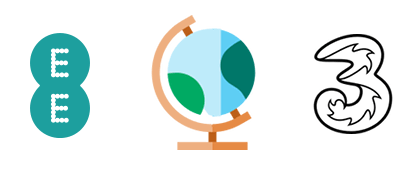
✔ Three’s EU and worldwide roaming is much better than EE’s
Three let you use your SIM in the EU without being charged extra on their premium Value and Complete plans. These give you a number of daily roaming passes to use in 160+ worldwide countries.
The number of passes you get depends on the length and price tier of your plan. While abroad you can use 12GB of your data allowance, which is very generous particularly outside of the EU.
EE only include EU roaming on specific unlimited data plans. While this lets you roam in the EU with fewer restrictions on the number of days, the deals you get it on are generally much more expensive than on Three.
And EE’s premium deals don’t give you roaming outside the EU either. So while Three do limit the number of days you can roam, you still get roaming in the EU and beyond for much lower costs than on EE.
Useful link: Three's replacement for Go Roam
Our verdict on inclusive roaming:
Win for Three"Neither network are flawless when it comes to EU roaming. But Three include it on more plans at more reasonable costs. EE do have fewer restrictions on their roaming scheme, but the fact it is restricted to a handful of very expensive plans will be a turn off for most."
Added benefits on Three vs EE
Which network has the better smaller benefits
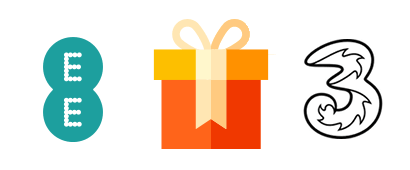
✔ Three offer nice extra rewards and premium benefits
The first of Three’s unique benefits is their rewards app called Three+ that gives you special offers on high-street food, shopping and more. And sometimes you’ll get some total freebies too. And the perks don’t stop there.
You also get access to presale tickets for certain events and concerts. Three typically give you presale access to tickets for the Reading and Leeds festivals, but they may add more now and again.
Three also include some nice benefits on Value and Complete plans. These include things like an extended warranty and free screen repair on phone deals and free trials to Paramount+ (read our guide here).
That’s on top of the inclusive roaming that we mentioned above. Three do quite a bit to make their premium plans more worth it, especially since they’re much more reasonably priced than EE’s in the first place.
Useful link: Read Three's statement on Go Binge
✔ EE have some of the best family plans around and more
EE have one of the best family plans of all networks. This is because you get a huge 30% discount on any extra SIMs added to your account, making EE’s generally expensive plans a lot easier to swallow.
But not only do you save money that way, you can also avoid spending more on extra data by gifting data between users. So if one user gets through all their full-speed data you can gift them some to keep them going.
We say “full-speed” because you technically can’t run out of data on an EE plan. Once you get through your allowance you can keep using data but at much reduced speeds. Still, it can help avoid extra data costs.
Lastly, EE give you some nice free trials for joining including a six months trial to Apple Music. And on their premium plans you can get a subscription to services like Netflix included. So EE offer quite a lot for the price.
Useful link: How to get claim your free trial subscriptions
Our verdict on added extras:
Depends on what you want“EE and Three’s benefits are so different that will ultimately appeal to different types of customer. It’s better to go with the network with benefits that appeal to what you want, so we couldn’t say if one or the other is objectively better."
Comparing SIM only contracts on EE vs Three
Use our comparison tool below to find the best SIM only deal for you
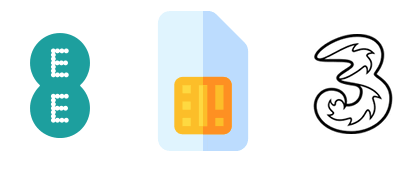
Plan
Data: (0MB+)
Minutes: (0+)
Latest Three and EE offers compared
We look at the promotional plans on EE and Three this month
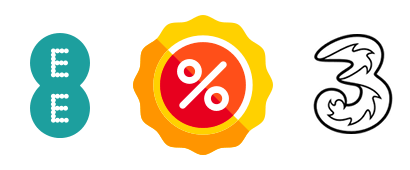
Phone contracts on Three and EE compared
We compare the prices and flexibility you get on either
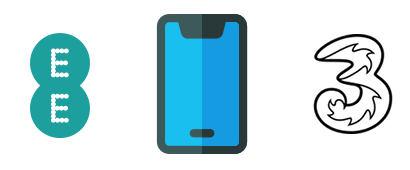
Budget
Upfront: (Any upfront cost)
Monthly: (Any monthly cost)

Loading phone deals...

✔ Three offer better prices and flexibility on phone contracts
Three and EE both offer phone deals on flexible finance agreements. These work like loans where the cost of paying back your phone and payment for your usage plan (mins, texts, data) are separate.
This lets you pay lump sums to reduce your monthly cost or pay off your phone to upgrade early on both. But Three let you take a 12, 24 or 36 month phone contract, while EE only offer 24 or 36 month contracts.
Three also let you take a 12 or 24 month contract for your usage as well, while EE only let you choose a 24 month contract. That’s great if you want to change your usage plan or leave it altogether earlier.
And Three tend to offer lower prices on their phones. That combined with their cheaper usage plans makes them the better value option. But it’s still worth checking our comparison tool above to find the best deal.
Useful link: How EE annual upgrade works
Our verdict on phone contract pricing
Win for Three"Three give you more flexibility to suit your phone contract to your needs and generally offer much better overall prices on their phone contracts. You may still prefer EE if you like the benefits they offer above, but Three are simply better when it comes to phone contracts.”
Choosing between Three and EE
Key differences between EE and Three
Here are the key points of difference between the networks to help you make your mind up:
EE could be best for you if...
✔ Their 5G/4G/3G signal is better near you (check here)
✔ You want the network with the fastest 4G speeds
✔ You want an included BT Sport app and Apple Music trial
✔ Their WiFi calling supports your phone and Three don't (check EE here and Three here)
Useful link: Read our full EE review
Three could be best for you if...
✔ Their coverage is better near you (check here)
✔ Their WiFi calling supports your phone and EE don't (check Three here and EE here)
✔ Their plans are better priced for what you need
Useful link: Read our full Three review
Which is better EE or Three?
It depends what you value. EE are generally better for 4G coverage and speeds but are more expensive. Three are cheaper and offer faster 5G speeds than EE. Our full guide reveals all the differences.
Is EE owned by Three?
No. They’re wholly separate companies. EE are owned by BT. Three are owned by a company called Hutchinson 3G.
How do I switch from EE to Three?
If you’re out of contract, the simplest way to cancel EE is to text PAC to 65075 from your EE number. Then join Three on the product of your choice and give them the PAC. They’ll bring your number over and cancel with EE.
Are EE and Three the same network?
No. They’re on separate networks with their own pros and cons. Three’s network is best for 5G speeds. EE’s better for general coverage and 4G speeds. They do co-own some sites where masts are located but have separate transmitters.
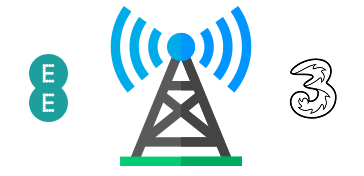



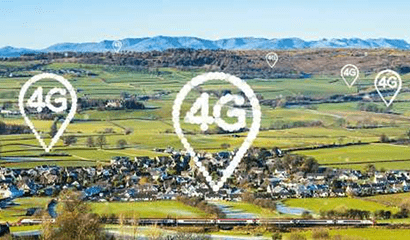
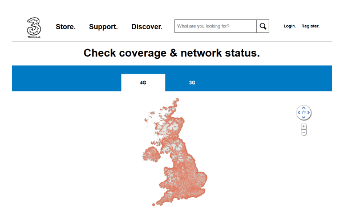
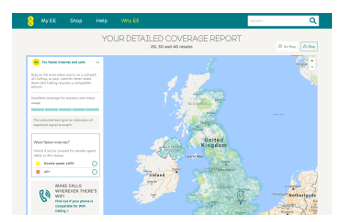
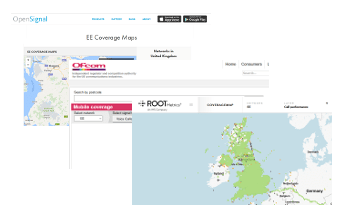







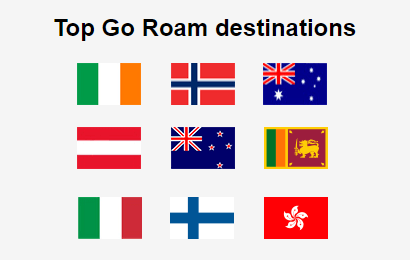
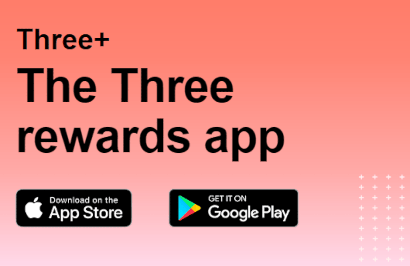
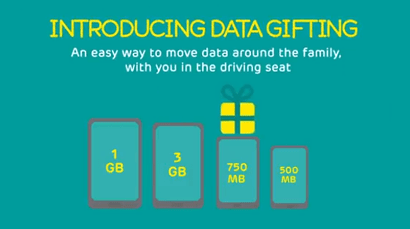
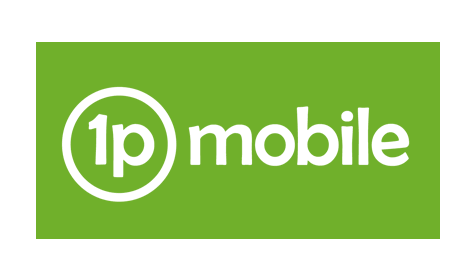


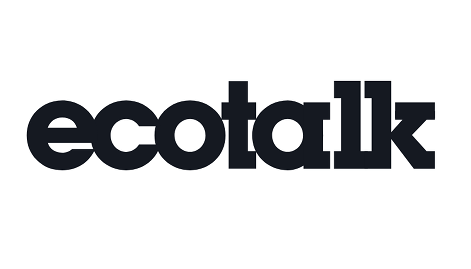







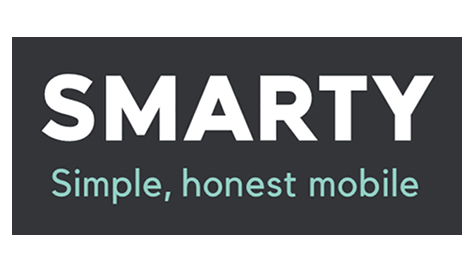


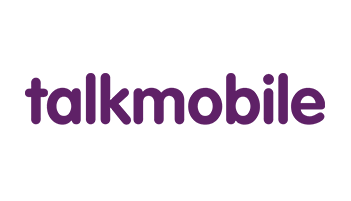


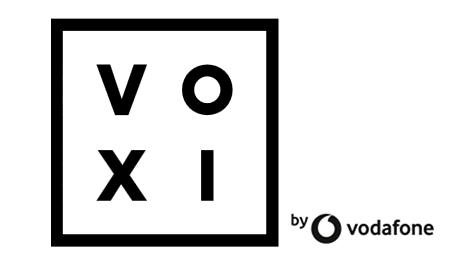


 Thanks, we'll send that out now. Please check your inbox for our email.
Thanks, we'll send that out now. Please check your inbox for our email.